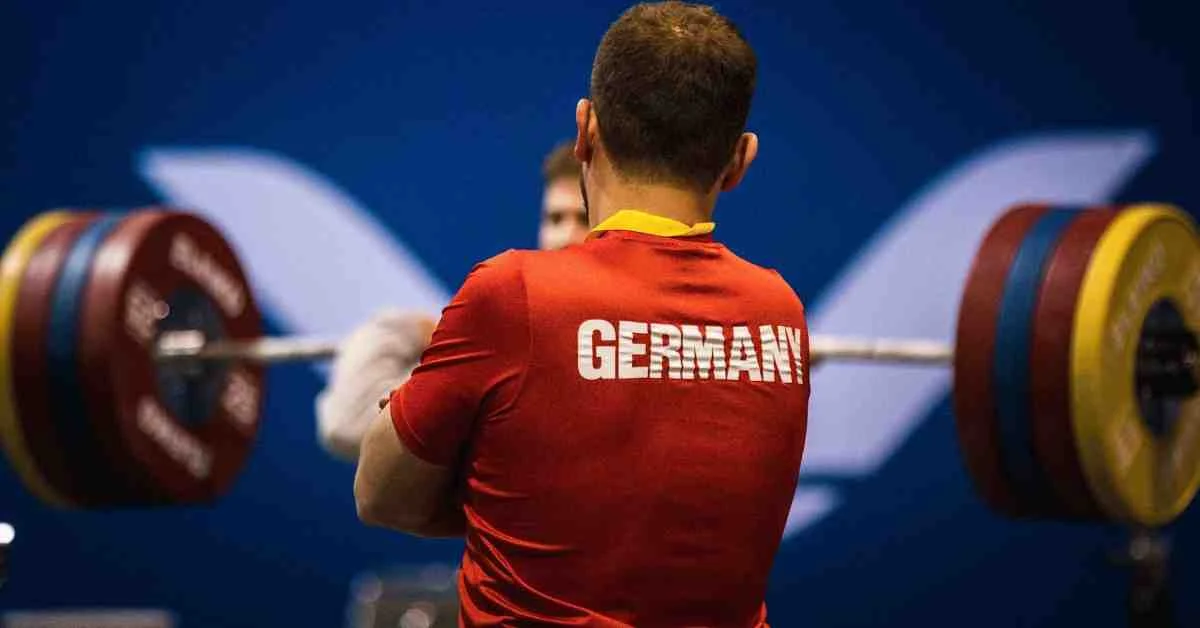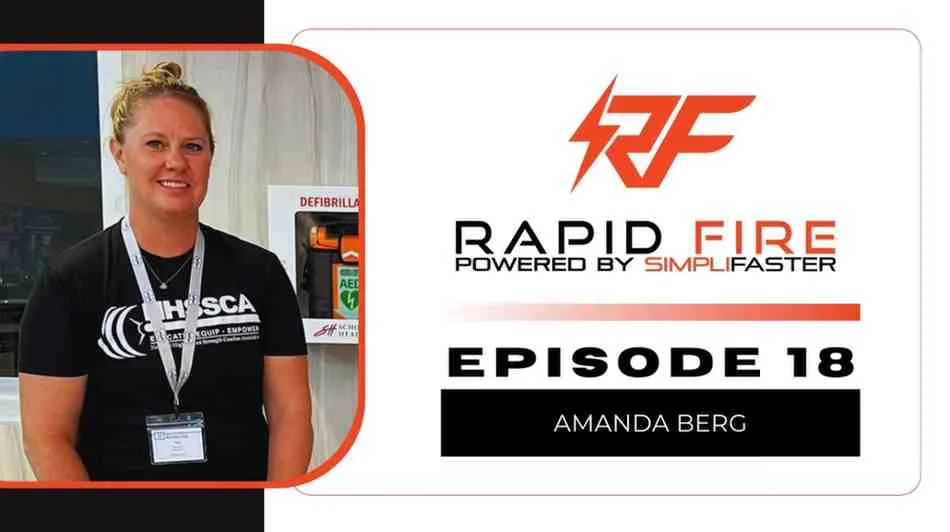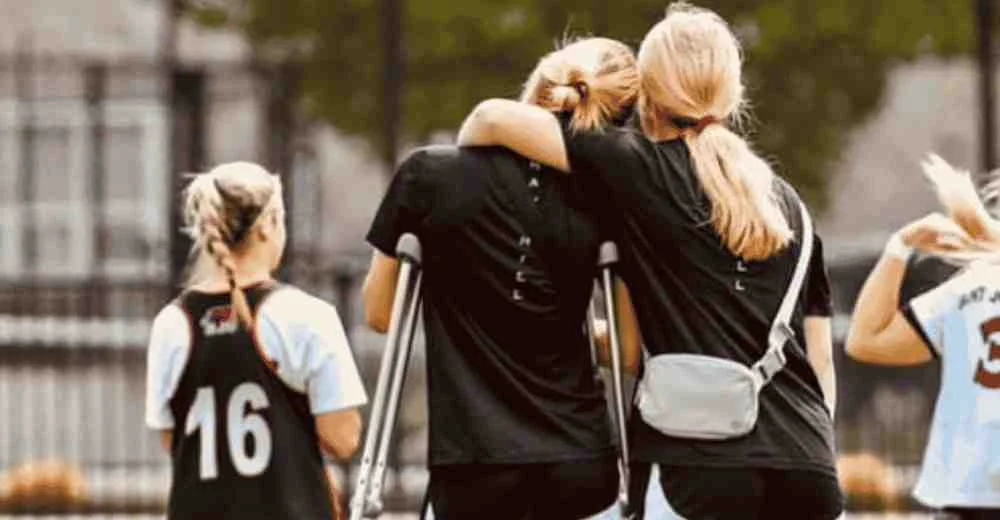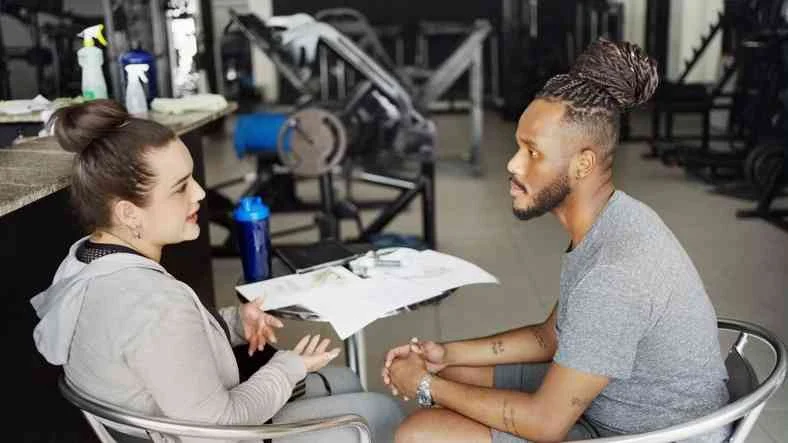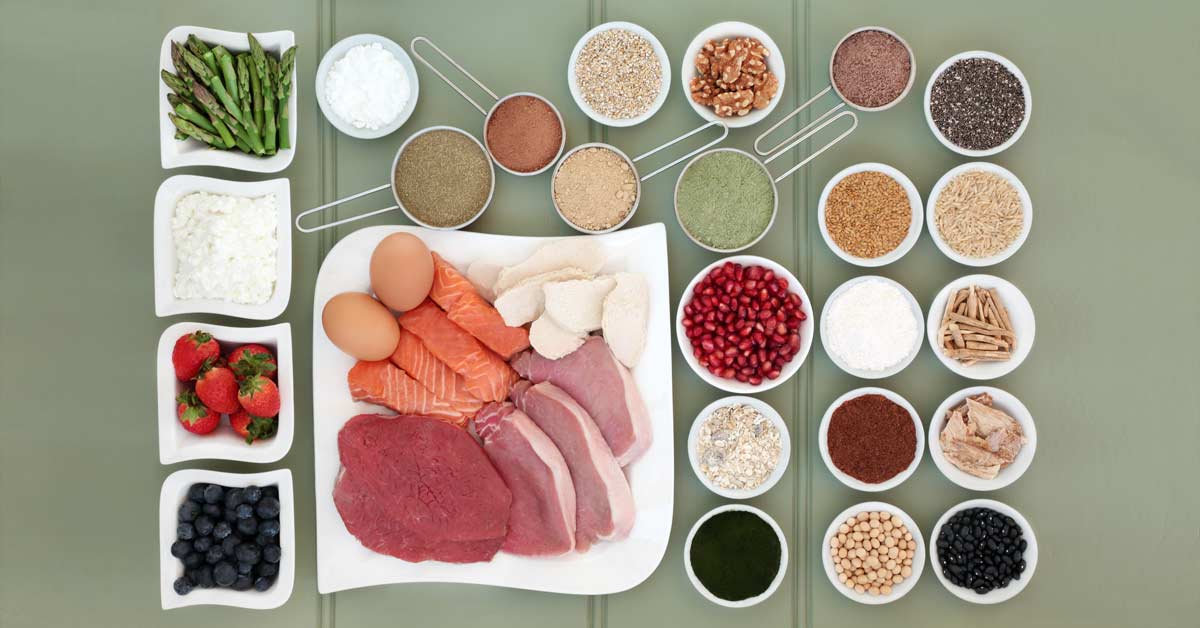
A pair of great experts in the field of nutrition science, Shawn Arent, Ph.D., and Doug Kalman, Ph.D.—both members of Power Lift’s Sport Science Educational Board—tackle two huge questions in the athletic performance arena.
Sports nutrition in professional organizations and collegiate institutions is becoming more and more commonplace. However, the degree to which the dietary offerings can fill the need for the competitive athlete is very different financially for the “haves” versus the “have nots.” So, while nutritional timing is very important for recovery and adaptation, sometimes those feedings are untimely and infrequent because of the expense. Regardless of the economics, the question still remains: Which meal/feeding provides the best bang for the buck physiologically and financially, and what would be the macro-nutrient makeup of that intake?
Separately, we look at concussions, which I believe are the injury focus these days, both due to severity (short-term and long-term) and incidence (concussions don’t discriminate by gender or sport). Safety precautions have been taken—as we see equipment updated for preventative measures—but what about other factors for prevention, and how about the recovery process? Creatine could be one such factor, as there is compelling evidence that creatine may have the capability to help minimize the impact of a concussion and perhaps help during the healing and recovery process.
Q: While schools know the value of sports nutrition, some find it a challenge to fully fund comprehensive nutritional offerings. At the same time, I’m not sure nutrition plans have a priority as to when feedings are optimal, either practically or physiologically. If there was only one time to feed per day (budget realities) or one feeding to emphasize over others, when should that be and what should be the makeup of that feeding (pro, carb, fats)?
Douglas Kalman: This is a great question and really hits home, especially when looking at the collegiate sport sector of physical activities and nutrition. Let me expand, as there are many colleges and universities, and there are also many levels within that construct. In sports, we have Division I, II, and III schools, along with independents and others. Depending upon your singular university and the division you may be in, the ability of the athletic department to have financial support for the optimization of all its athletes is greatly affected.
Typically, a successful (in sports) D-I school will have a larger athletic budget (which includes money for staffing and food and fueling stations) than a D-III university or a junior college. On top of this, each coach of a fielded team also receives a specific budget for the year to use for the players, teams, and supportive needs.
If a university can only provide one meal to its athletes, it should include a recovery beverage. Share on XI have personally experienced coaches deciding on which players they wanted to receive extra nutrition counseling and product support, versus supporting the whole team (constrained by budget). At a minimum, if the university can provide at least one meal to the athletes, I prefer it to be a useful one, such as a post-exercise, post-training combination of a recovery beverage (to help rehydration, muscle recovery, and sport recovery) and a food meal.
These food meals should include carbohydrate and protein, and go a little lighter on the fats. Visually, we shoot for this meal’s plate to be at least one-half carbohydrates, one-quarter protein, and the remainder filled with colorful vegetables. Healthy fats should be worked into the recipes or added to the meal where possible.
Shawn Arent: I agree with Doug, and I think these are all really good points. If I approach it more from the standpoint of the athletes we work with at the D-I level, I would certainly emphasize the post-workout refueling, especially because they often have to train (or compete) again the next day, and some even train a second time that same day.
That being said, I consider that “meal” to just be part of the training program. I think there are some really economical ways to provide a protein and carbohydrate drink after the training session. Even a few years back, when funds were very limited for one of our teams, they used whey protein and a couple scoops of powdered Kool-Aid for their post-training shakes! I think it came out to about $1 per serving the way we did it.
The important thing to recognize is that many of these athletes will head off to class right after training. If we don’t get SOMETHING into them before they leave the locker room, it is not uncommon for them to go many more hours before ever eating anything.
Because many athletes go to class after training, the meal I’d want schools to provide is breakfast. Share on XBut, again, I consider this part of the session in many ways. If I had to pick one particular meal to provide, I would have to say breakfast. Many athletes get up and run out of their dorms or houses without ever eating before a training session. Also, there is recent evidence to suggest that in athletes, skipping breakfast can impact performance even much later in the day.
When we work with teams that train in the morning or even around noon, this becomes pretty important. In this case, I’d aim for at least 20-40g of protein and 40-80g of carbs (or more, depending on whether the training session is a heavy or light session that day).
Q: Can you give a short summary of the protective effect of creatine in regard to concussions and recovery?
Douglas Kalman: Creatine is in the early stages of being thought of as potentially protective of the brain—for how the brain works, as well as how well the brain deals with trauma, such as a concussion. We have seen early data showing that creatine helps with oxygenation of the brain (important!) and preserving brain activity in the face of an oxygen shortage, as well as reducing inflammation (also important in the event of a potential TBI).
Further, creatine, which can be used daily and at low doses (such as 1-3 gm a day) has demonstrated the ability to improve the energetics of the brain (may relate to efficiency), while also having a positive impact on mood states. (It has even been researched as an adjunct for depression.)
This mounting, exciting research demonstrates the potential utility of creatine to help minimize the impact of a concussion and possibly be used in the management and recovery from one. As creatine is known as safe, if you are involved with a contact sport and want an extra layer of potential protection, using creatine to support brain health may not be a bad idea.
Shawn Arent: Again, I agree with Doug and don’t have a lot to add, especially regarding the mechanisms. I believe the evidence is compelling enough to warrant using creatine as both a potential prophylactic and post-event treatment. There is interesting evidence for its efficacy with children who suffered a TBI. The benefits of using it far outweigh the risks, in my opinion. Of course, that’s also because there is scant evidence that there are risks!
The evidence merits using creatine as a potential prophylactic and post-event treatment for TBI. Share on XIf the main concern is that the supplement may be tainted, then use a brand that has third-party testing behind it. I’m always left a little confused about the concerns expressed by some related to creatine supplementation. When it comes to concussions, the ability to provide ATP for restoration of brain energetics may be crucial, and that’s one area where creatine shows promise. Coupled with omega-3 supplementation, I think this is an area that really warrants some serious consideration for implementation.
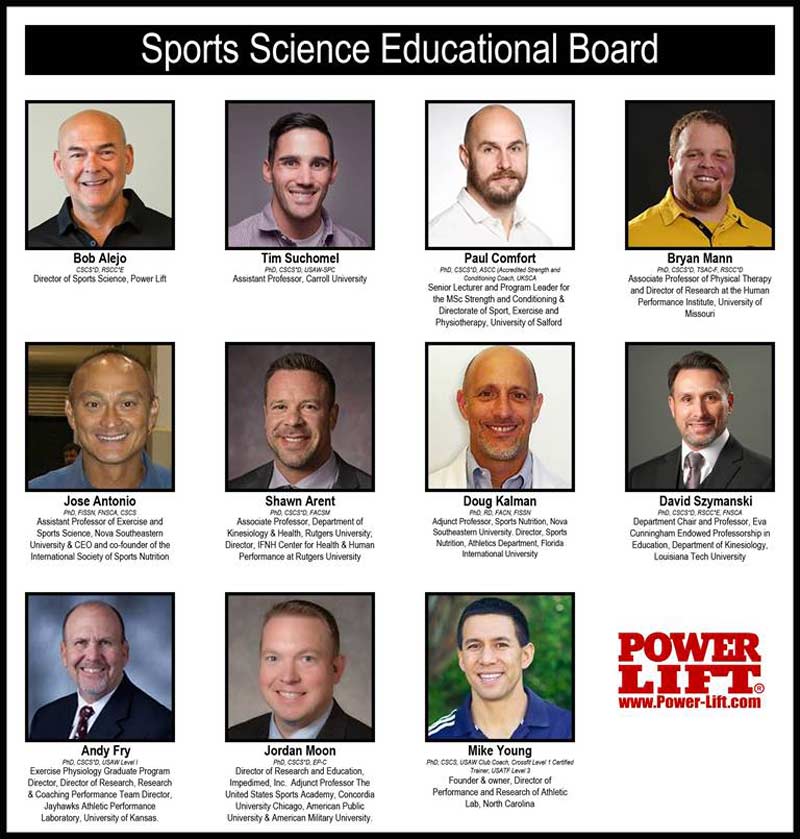
References and Study Links for “Creatine and Brain Health”
- Improves brain performance in young vegetarians
- Creatine and brain creatine levels
- Creatine and inborn error of metabolism
- Creatine and brain energy levels
- Creatine and mood states (depression)
- Creatine as an add-on therapy for depression
- Creatine and inflammation – interventional study
- Creatine reduces muscle damage and inflammation after intense exercise
- Potential role for creatine intervention when concussion exists
- Creatine as a brain booster – a review paper
- Creatine supports better mental performance after environmental stress
- Creatine protects the brain during oxygen debt
- Creatine improves brain energy levels
- Prophylactic creatine, to reduce brain injury chances

